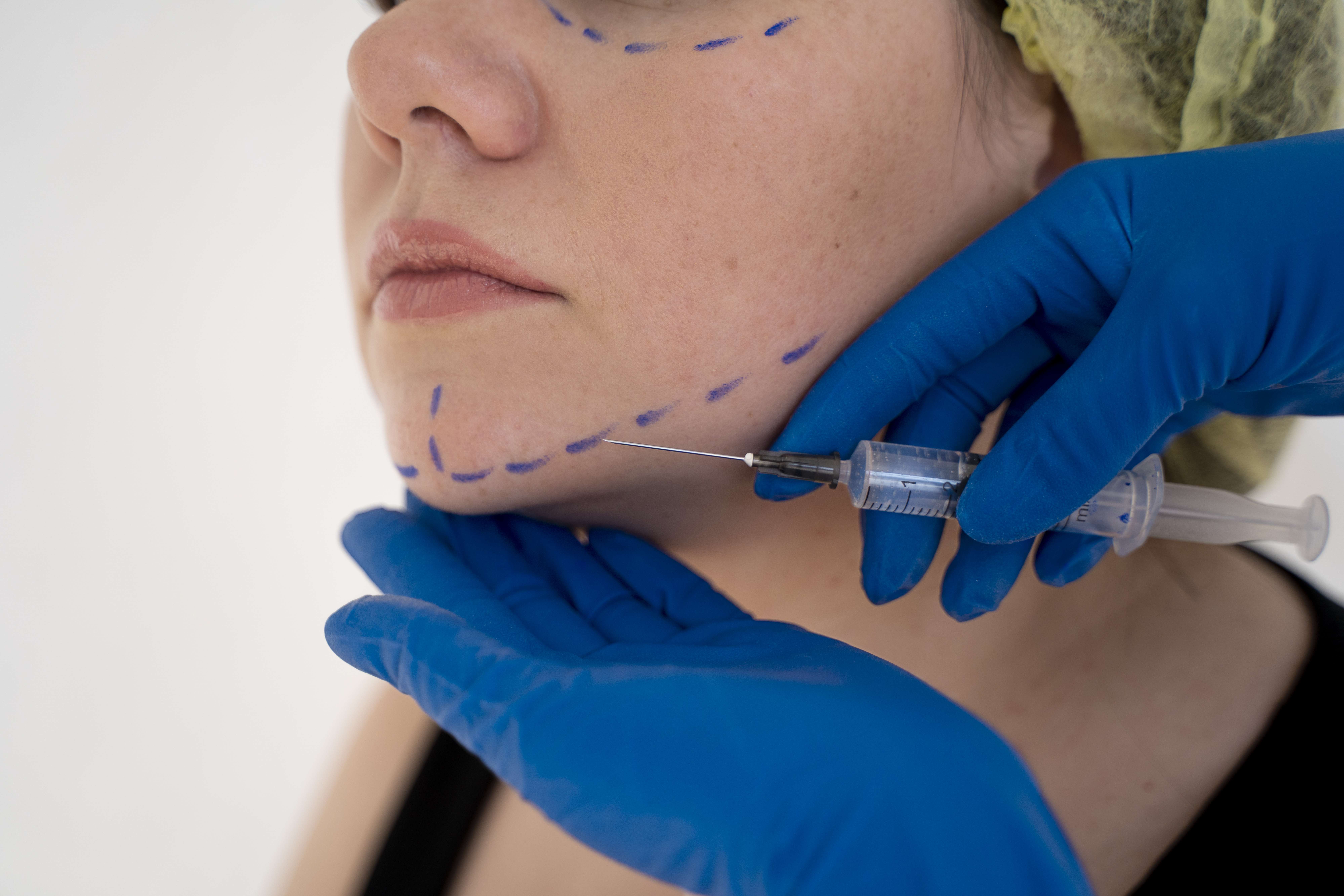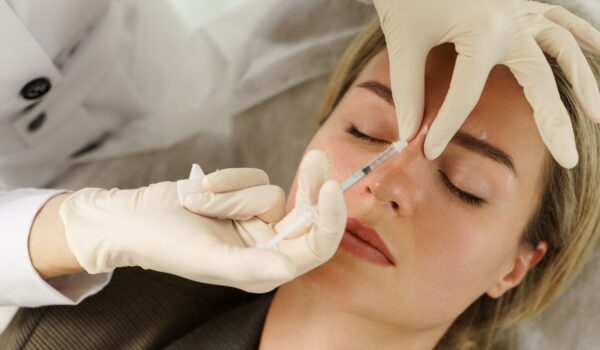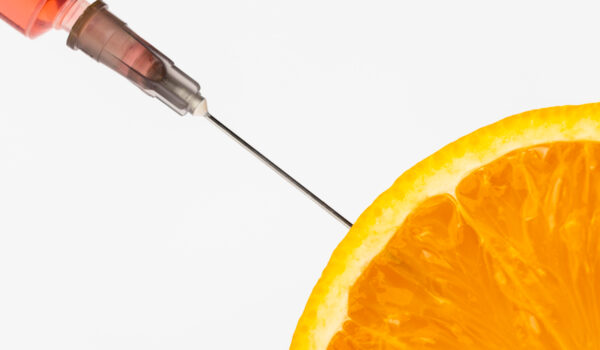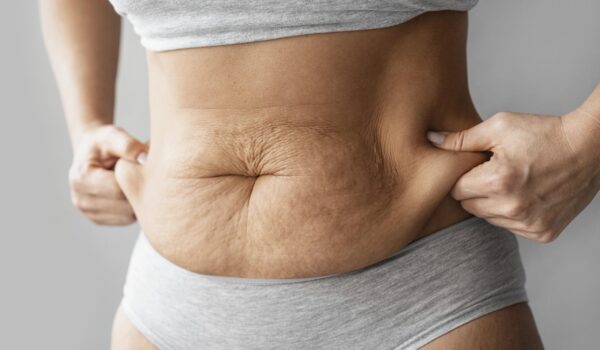Dermal Fillers vs PDO Threads: Which Is Best For Anti-Ageing?
-
By: Adam Diwan
-
November 28, 2023
The utilisation of cosmetic treatments to lessen the effects of ageing has become increasingly popular, and there are two options that clients can use: dermal fillers and PDO threads. Knowing the difference between these treatment options is imperative for professionals providing anti-ageing services to their clients.
By understanding these distinctions, you will be better equipped to help your patients find the best treatment for youthful skin and which products can offer optimal results.
This blog explores the differences between PDO threads and dermal fillers and how you can support your clients with their anti-ageing goals.
What are PDO Thread Lifts?
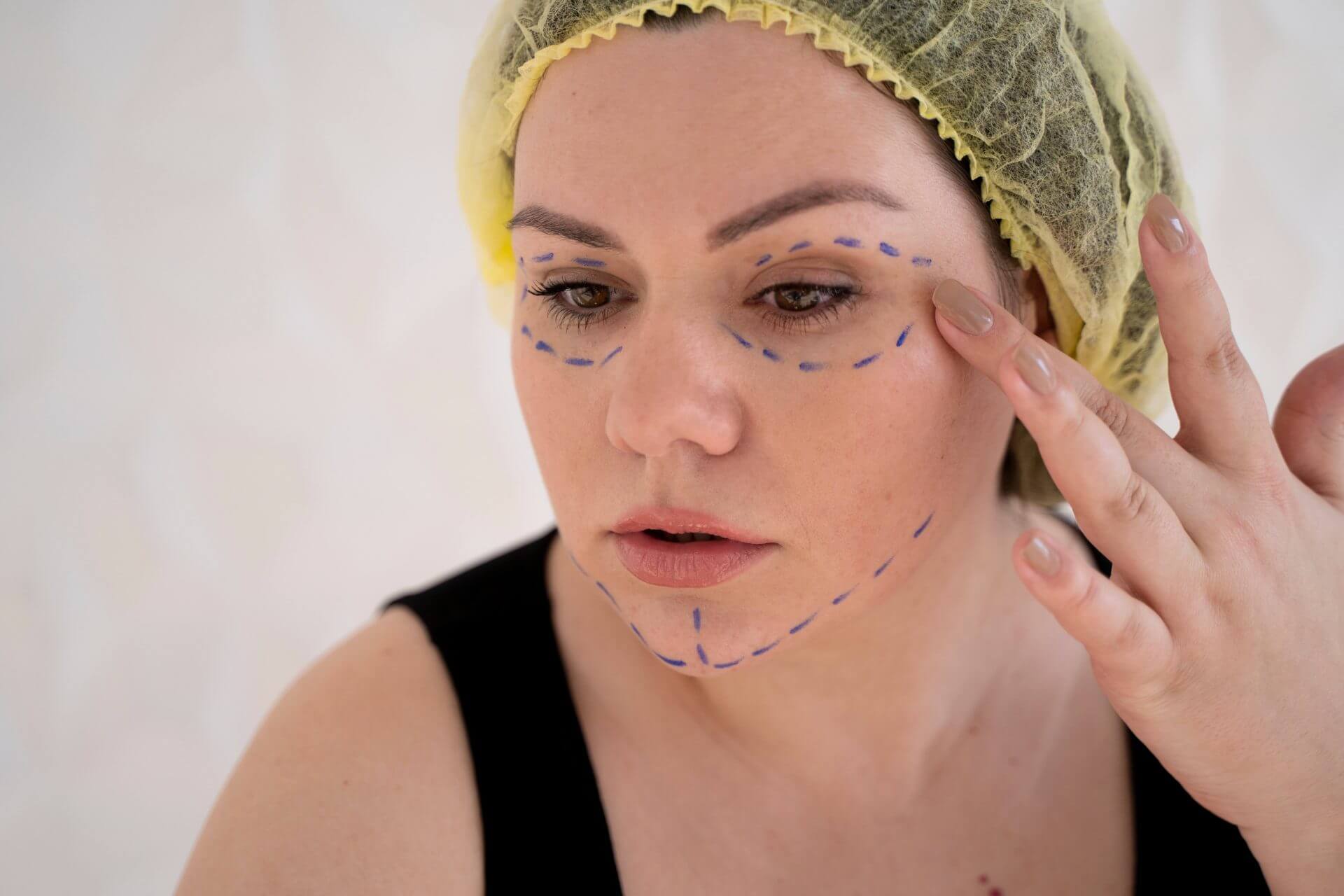

These minimally invasive procedures aim to lift and tighten the skin, effectively reversing the signs of ageing. Using a PDO thread needle or cannula, this technique injects fine synthetic polymer fibres, strategically positioned beneath the skin’s surface. Once in place, these threads act as a discreet support system, gently pulling the skin in the desired direction, resulting in a natural-looking lift and restoring a youthful appearance without extensive surgery.
PDO (Polydioxanone) threads catalyse the body’s innate healing process, stimulating collagen production. Collagen, a structural protein in the skin, is pivotal in maintaining its elasticity and suppleness. As we age, collagen production diminishes, contributing to sagging and wrinkles. The induction of new collagen through PDO threads aids in rejuvenating the skin, promoting a firmer, smoother, and more youthful complexion.
What are Dermal Fillers?


Designed to restore volume and diminish wrinkles, dermal fillers typically consist of gel-like substances. When administered by skilled practitioners, they are injected into the skin at targeted areas, replenishing lost volume and significantly reducing fine lines and wrinkles.
One of the components found in select dermal fillers is hyaluronic acid (HA), a natural substance already present in the body, known for its role in lubricating joints. When incorporated into dermal fillers, hyaluronic acid retains moisture, enhancing the skin’s hydration levels and supporting the production of vital proteins like elastin and collagen. This effect contributes to a smoother, more youthful complexion.
At Revolve Medicare, we offer a range of dermal filler products fortified with hyaluronic acid to facilitate comprehensive skin rejuvenation, helping you offer tailored anti-ageing treatments to your clients.
Comparing Dermal Fillers and PDO Thread Lifts
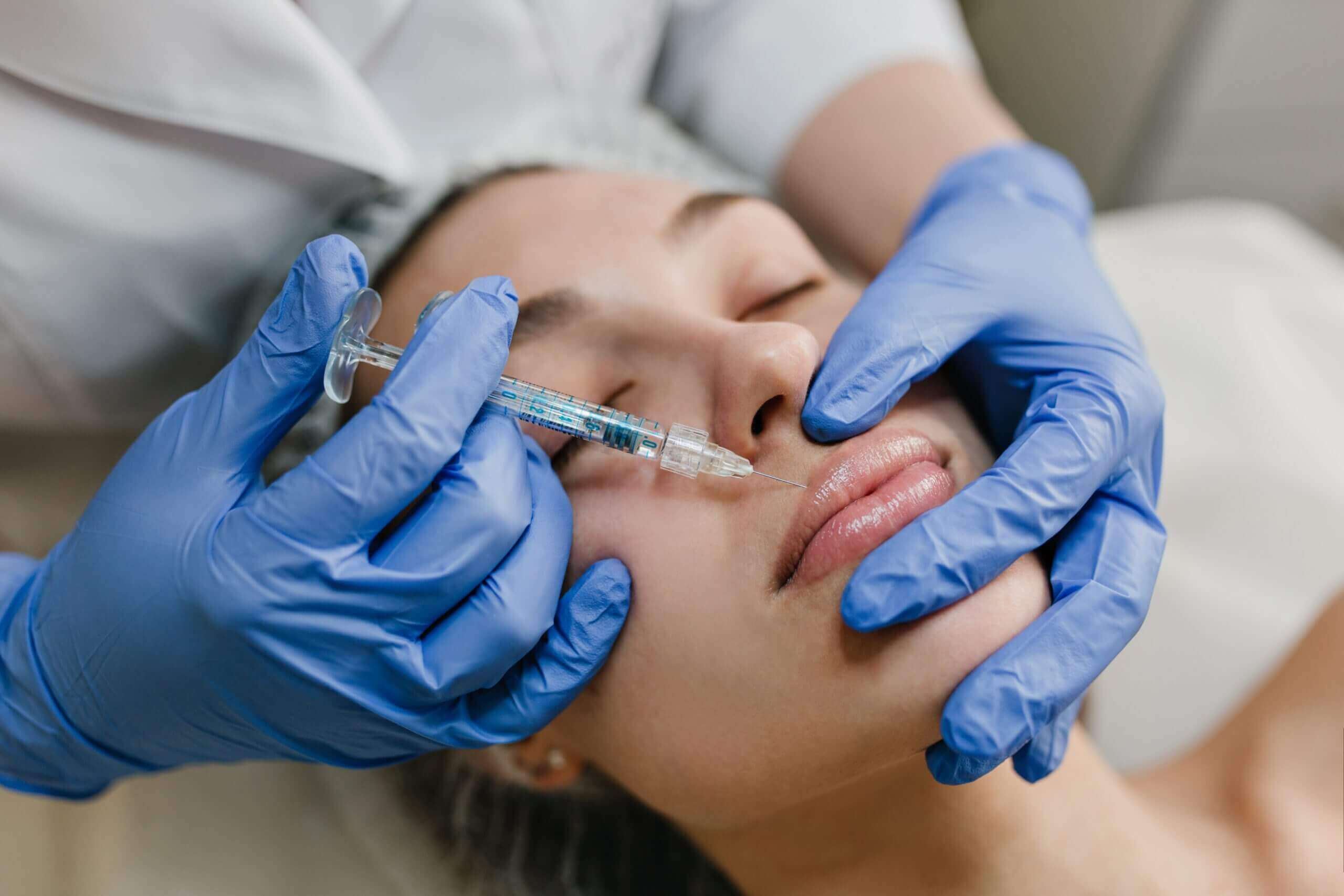

When considering the debate on dermal filler vs. PDO thread products, choosing the correct one for your patient is critical. Each approach offers distinct benefits and disadvantages to consider.
Understanding each treatment is paramount in providing the most effective solution for your clients.
1. Treatment Durations
When evaluating dermal fillers and PDO threads, one key differentiator lies in the duration of the treatments. Dermal filler procedures, known for their efficiency, typically require 10 to 30 minutes. However, this depends on the area the client wants to treat. This swift application lends itself well to clients seeking immediate results with minimal schedule disruption.
In contrast, face thread lifts involve a more complicated process, often extending up to an hour. The intricacy of this procedure, coupled with the need for precise placement of threads, contributes to the extended time frame. Again, this varies depending on the treated area.
Understanding the varying time commitments associated with these treatments is crucial in aligning your clients’ expectations and accommodating their preferences.
2. Treatment Areas
The choice between dermal fillers and PDO threads also relies on the specific treatment areas and the extent of rejuvenation.
Dermal fillers offer versatility, making them suitable for multiple areas, including the neck, face, hands and décolletage. Common facial regions where signs of ageing manifest, such as the mouth, lips, forehead, chin, and between the eyebrows, can be effectively treated with dermal fillers. This flexibility allows for a comprehensive approach to addressing age-related concerns across various body regions.
While primarily focused on facial and neck rejuvenation, PDO threads are specifically adept at restoring facial structure. For example, they excel in the jowls, cheeks, and neck, where sagging and loss of definition are most pronounced.
3. Side Effects
Mild side effects, such as redness and swelling on the injection sites of the body, are common with dermal fillers. Fortunately, these effects are transient and typically subside within a few days. This minimal downtime suits clients seeking quick, noticeable improvements without extended recovery periods.
On the other hand, PDO thread products may entail more pronounced side effects. Clients can experience swelling, redness, tenderness, and puckering in the treated areas. These side effects, while more substantial than those of dermal fillers are generally temporary, although they may persist for up to two weeks. Due to extended recovery times, managing client expectations and post-treatment care are crucial considerations when opting for PDO threads.
4. Aftercare
After undergoing dermal filler or PDO thread treatments, appropriate aftercare is essential to optimise results and minimise potential complications. While the aftercare for both treatments shares similarities, there are crucial distinctions to consider due to varying side effects and recovery periods.
Dermal Filler Aftercare:
- Do not engage in strenuous exercise for at least 48 hours.
- Avoid exposure to extreme temperatures, such as saunas and direct sunlight, for at least three days.
- Avoid applying makeup for at least 24 hours.
- Any facial treatments, like facials or massages, should be delayed for at least two weeks.
- Minimise pressure on the treated areas; for instance, avoid wearing heavy glasses for 48 hours.
- Do not drink alcohol for at least one week after the procedure.
- Avoid blood-thinning medications like aspirin for 48 hours.
PDO Thread Aftercare:
- Avoid exercise for up to two weeks.
- Do not apply makeup for a minimum of 48 hours.
- For a minimum of two weeks, avoid alcohol consumption.
- Don’t lie on the treated side to prevent displacement of the threads.
The duration and severity of side effects can vary among individuals. Clients may need to wait longer, particularly when it comes to activities like makeup application, as the extent of swelling can influence the timeline for resuming regular routines.
The client can experience a smoother, more successful post-treatment by sticking to the correct aftercare guidelines.
5. Visible Results
Dermal filler injections provide the advantage of near-immediate gratification. Patients typically witness noticeable improvements immediately following the treatment. This swift turnaround is ideal for those wanting fast rejuvenation with minimal waiting time.
In contrast, PDO threads require patience. While they initiate the process of collagen stimulation and tissue restructuring immediately, it may take several weeks for clients to appreciate the desired results fully. The gradual nature of these improvements may suit individuals who prefer a subtler, more natural progression toward a youthful appearance.
6. Length of Results
Both dermal fillers and PDO threads typically provide results that endure for approximately six to twelve months. However, several factors can influence the duration of these results, including the client’s age, skin type and the specific product used.
In some instances, particularly with PDO threads, results may extend beyond the usual timeframe. Clients with favourable skin characteristics and individual responses may enjoy the benefits of PDO thread lifts for up to two years. Understanding these temporal nuances is essential in setting realistic expectations and guiding clients toward the most suitable anti-ageing treatment for their needs and goals.
7. Downtime
Clients must regulate some of their usual activities following their procedure. This is particularly important after receiving PDO thread treatment.
As previously mentioned, clients may experience mild redness and swelling for a few days following a dermal filler procedure. This treatment also offers minimal downtime. Individuals can often apply makeup after the first 24 hours, and regular activities, including exercise, can typically be resumed after 48 hours. This swift recovery suits patients with active lifestyles and busy schedules.
However, clients need a more extended downtime with PDO threads. Redness, swelling, puckering, and tenderness are common side effects and may persist for up to two weeks. Clients should avoid exercise for an extended period and avoid using makeup for at least 48 hours. The pronounced downtime associated with PDO threads should be carefully acknowledged when selecting the most suitable anti-ageing treatment, considering patients’ preferences and lifestyle constraints.
After reading this blog, you should understand the distinctions between face thread lifts vs. dermal fillers, allowing you to discern the pros and cons of each when tailoring anti-ageing treatments for your clients. Both treatments can help your patient gain youthful skin, but the differences enable PDO threads and dermal fillers to suit different people best.
Here at Revolve Medicare, we are committed to offering aesthetic professionals various anti-ageing solutions, including Lumifil dermal fillers. Whether your client needs PDO threads or dermal fillers, we have the treatments you need to support your patients.
Contact us today and see how we can help your patients achieve their anti-ageing goals!
Related Posts
-
By: Adam Diwan
-
January 8, 2024
Top 5 Aesthetic Trends for 2024
-
By: Adam Diwan
-
January 2, 2024
The Different Types of Aesthetic Injection Processes Explained
-
By: Adam Diwan
-
December 27, 2023
8 Reasons to Offer Vitamin Injections to Your Aesthetic Clients
-
By: Adam Diwan
-
December 19, 2023
How to Set Weight Loss Goals for 2024
-
By: Adam Diwan
-
December 14, 2023
Non-Surgical Solutions For Losing A ‘Mum-Tum’
-
By: Adam Diwan
-
December 5, 2023

